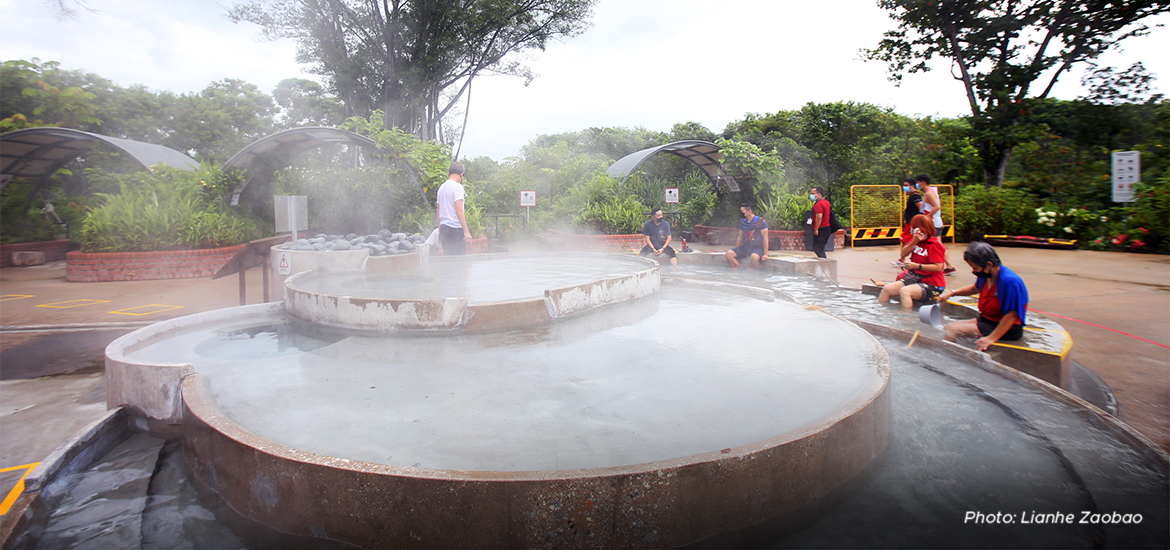A nationwide study will be conducted to assess how Singapore can harness geothermal energy for power generation, as well as identify suitable locations for building geothermal power plants, said the Energy Market Authority (EMA) on Monday (4 Sep 2023).
Geothermal energy is renewable – it comes from heat derived from the earth’s superheated core, which is estimated to be 2,900 km below the surface.
Previous studies have already indicated geothermal potential in northern and eastern Singapore.
A study by the Nanyang Technological University (NTU) found in July that a site close to the Sembawang hot spring could potentially have temperatures of up to 200 degrees C – the temperature needed for power generation – at depths of 4 km to 5 km, highlighting its potential as a clean energy source.
EMA is asking for proposals for an islandwide, non-invasive geophysical study that will assess Singapore’s geothermal potential at depths of up to 10 km.
The proposed regions to be surveyed in this study would potentially include mainland Singapore (including Sembawang and parts of eastern Singapore), territorial waters, and offshore islands.
Interested parties, which could include both industry players and research institutes, are invited to provide their submissions for the request for proposal by December 8, 4pm.
“As a small, resource-constrained country, Singapore has limited renewable energy options and imports almost all its energy needs,” EMA said.
The country is exploring localised energy options – aside from solar – that would help it diversify and decarbonise its energy resources, in order to hit net zero emissions by 2050.
Therefore, a holistic study is required to determine the overall geothermal potential and scalability of geothermal power across Singapore, added EMA.







